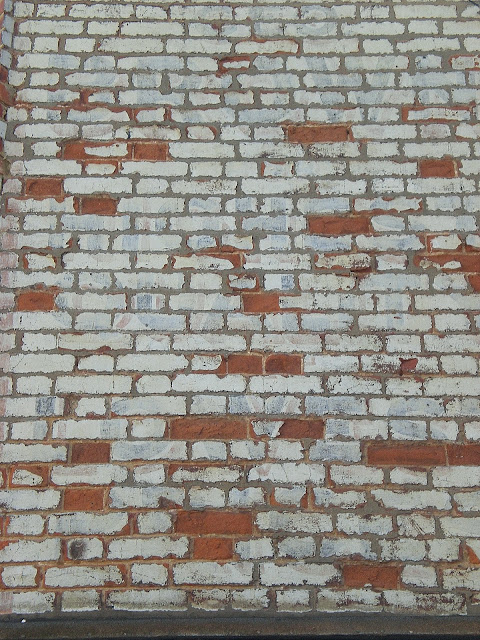Elizabeth Street probably isn't a London thoroughfare that rings bells with most people. It certainly didn't ring any bells with me until I found myself taking my wife there for a birthday visit to a specialist perfumer with the promise of a birthday scent not bought from the local Boots. Les Senteurs was the intended destination and, for someone with with a slight background in the wine trade, I have to admit it was an interesting and less intimidating experience than it might have been. For one thing smelling perfumes is not all that different from smelling wines (and there's certainly a lot less spitting) and for another the assistant was very obliging and was more than happy to provide samples to take away and try. Which is a roundabout way of saying that not only did we get to try a load of perfumes, but I was also spared the pain of actually paying for any (for the time being at least). Result!
Not expecting anything like such an agreeable experience, I'd also taken the camera along, just in case anything interesting took my eye. Elizabeth Street is a few minutes walk from Sloane Square and the Royal Court Theatre, just off the northern branch of the Kings Road , so one of the last things I'd of expected to stumble across would be a ghost sign. Yet there it was. Almost as soon as we entered the street we could see a small mews off to the right with a still visible "Horse Infirmary and Shoeing Forge"
 |
| The view from inside the Mews - not the best of angles |
It looked as though there had originally been more advertising on the top section as well as at ground level, but these had long since ceased to be visible. Still, it's a nice reminder of the original status of these small urban spaces.
 |
From Elizabeth Street the sign is much clearer |
So, looking up was a treat, but looking down was quite interesting too. There were a couple of interesting coal-holes still in place, including one from "A. Smellie - Westminster"
  |
| Notes & Queries - Oxford Journals 1906 |
It's a fairly ordinary design, but I did find mention of the construction of a new building for Mr Smellie so I assume he must have been a well established local producer, and in fact Rochester Row is not all that far from Elizabeth Street, so he probably was the local supplier.
The other designer coalhole is made by 'Luxfer Prisms 13 Hill Street London EC'.
The interesting thing about this coal-hole is that the glass prisms that would have originally helped illuminate the gloomy coal cellar have long since been replaced by concrete infills. Glassian has some more information about the Luxfer company which was producing fairly late versions of coalholes.
 |
| Luxfer Prisms - minus the prisms... |
The last items to catch my eye were a couple of plaques flanking a narrow jewellers window.
 |
| "Ornaments in Hair Plait and Mounted on the Premises - Gold & Silver Bought" |
 |
| "English & Foreign Clocks & Watches Cleaned & Repaired By Experienced Workmen |
Although now under new ownership the original plaques have been left in place and make a very attractive setting either side of the main window. The company seems to be called J. Desforges but I haven't been able to find out much about them to date. The fact that working items in hair seems to be a big part of their business would suggest a late Victorian date for the company. It's an interesting use of a garter or belt motif as well although it may just be a decorative notif rather than signifying something like a Royal Warrant. Very intriguing ornaments though and credit where it's due to the new owners who must have been tempted to take them down in order to widen their window space.
I may have to go back to buy some perfume at some point but I have to say that Elizabeth Street provided me with more than a couple of unexpected pleasures!















































